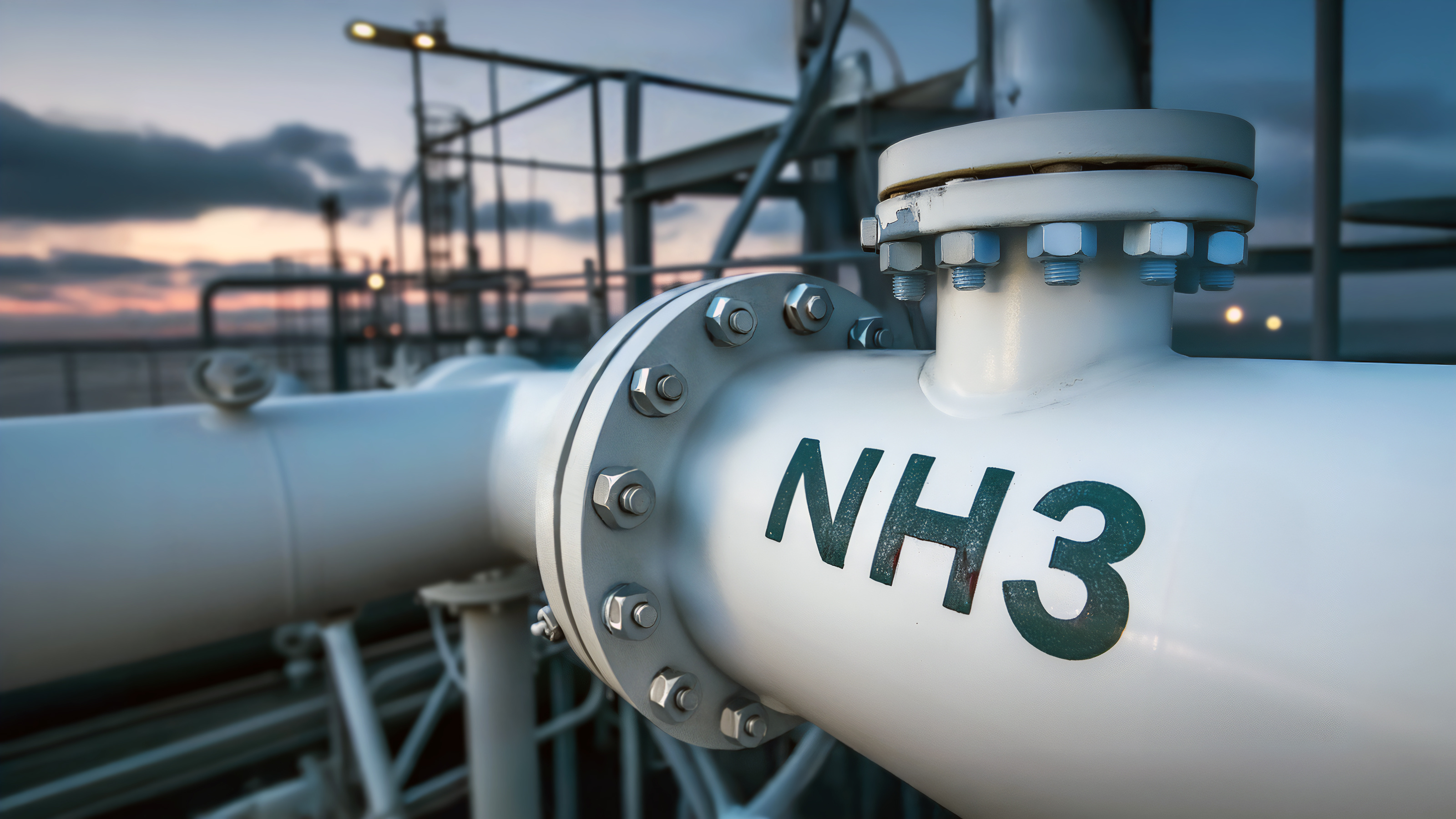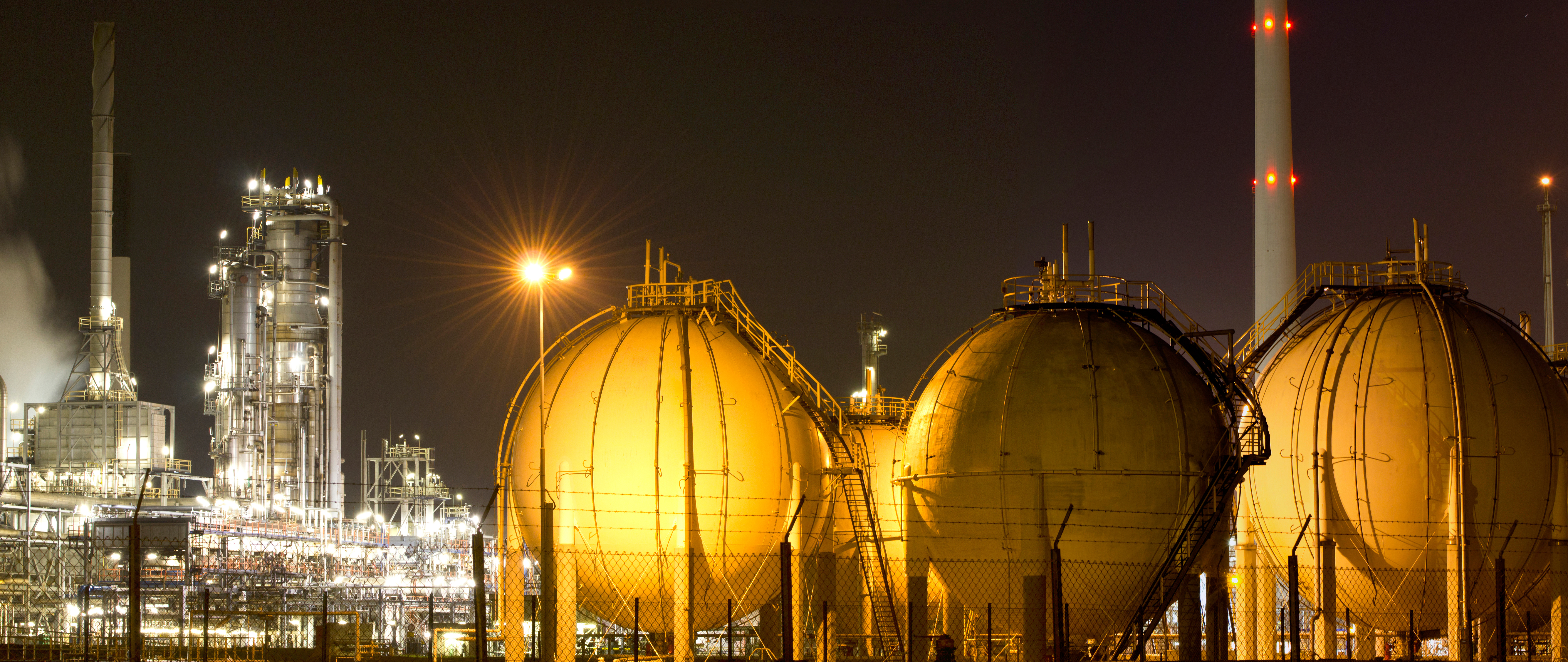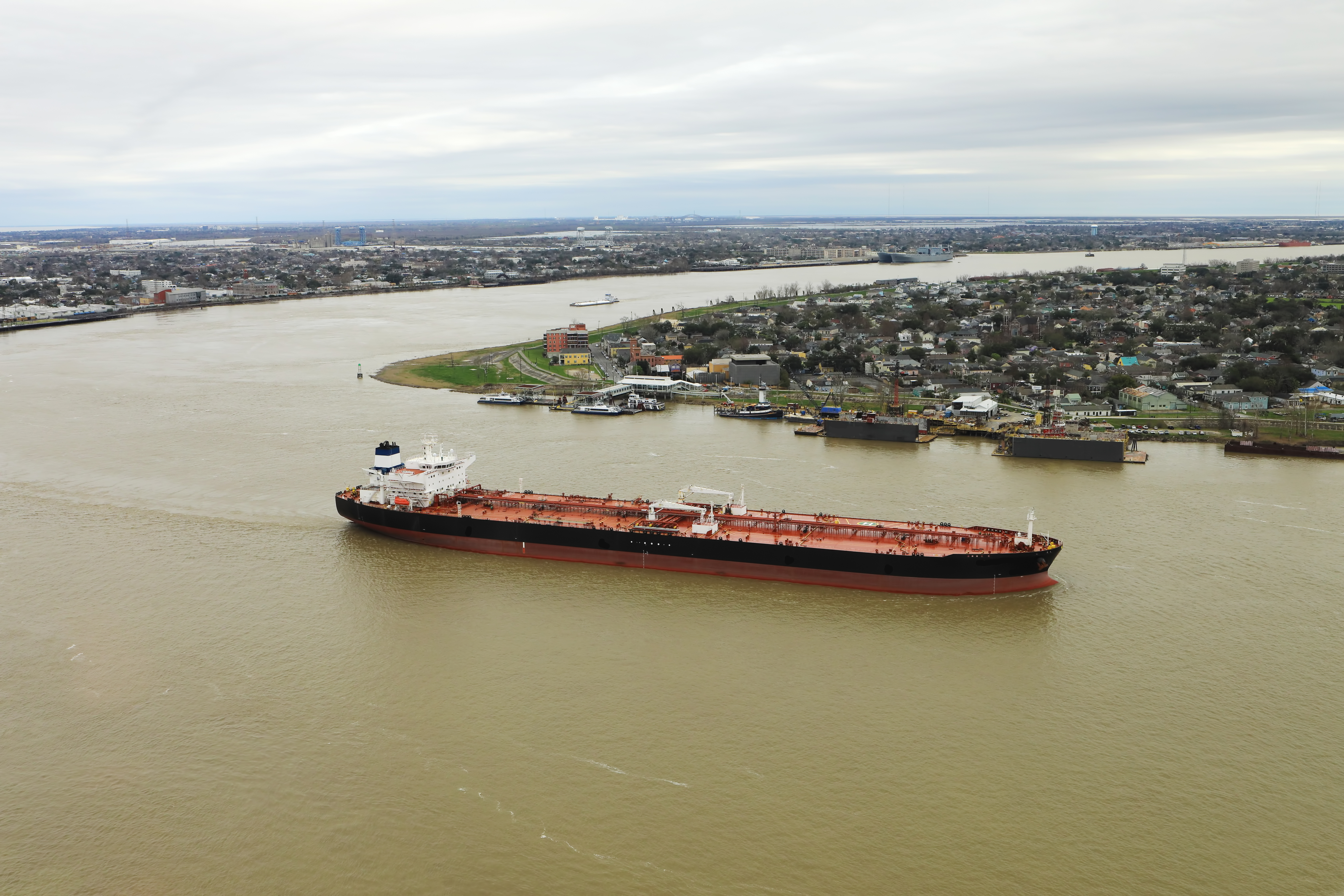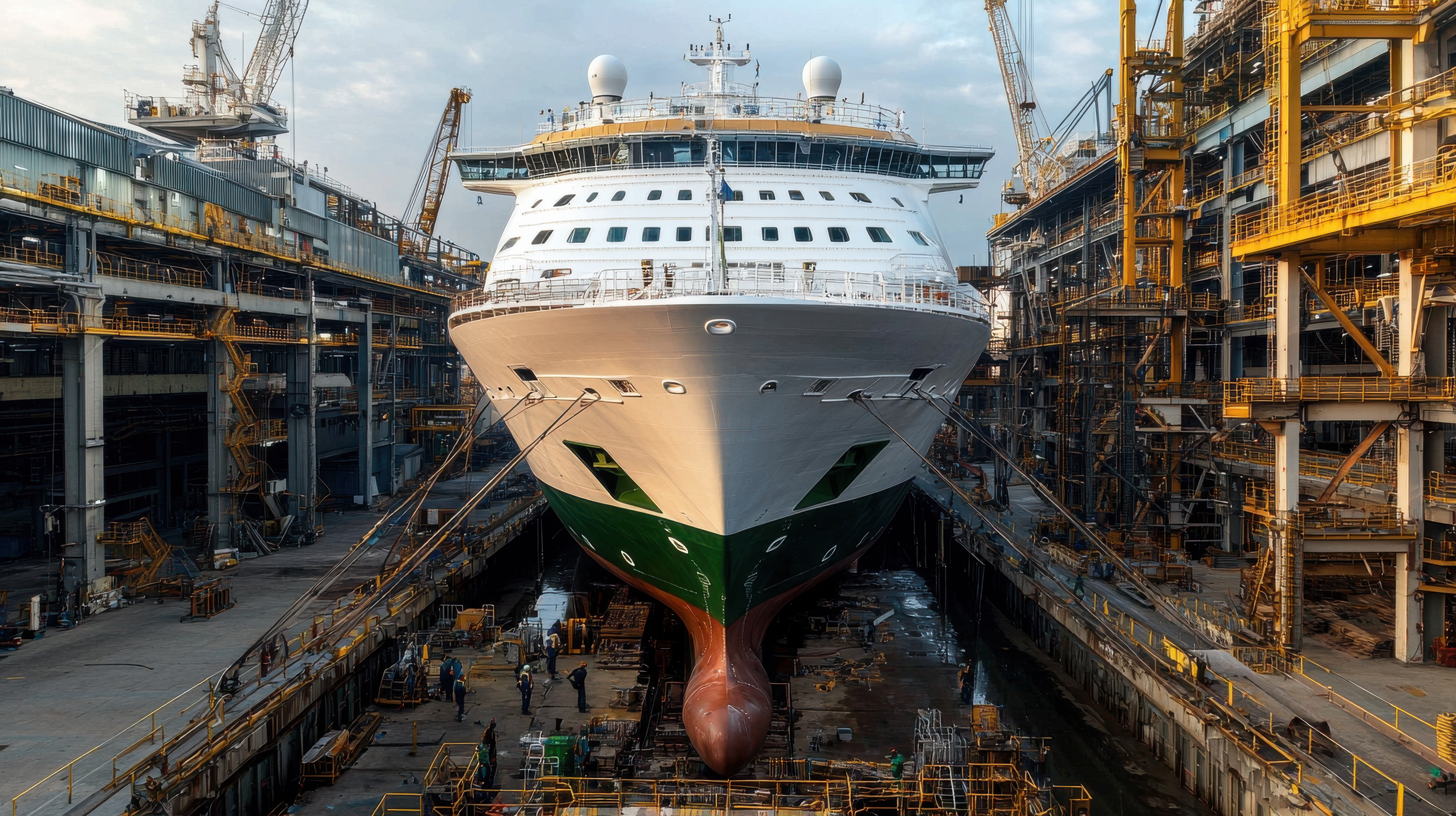Introduction
The new IMO global sulphur cap requirements enter force on 1st January 2020 and a robust and consistent approach to compliance is expected by all Port State Control (PSC) regimes. PSC inspections will be carried out in accordance with the IMO PSC procedures, the 2019 guidelines for PSC under MARPOL Annex VI.
In order to establish whether a ship is in compliance, PSC inspectors will likely focus their attention on documents and procedures maintained on board. In certain jurisdictions PSC inspectors will carry portable sulphur testing kits and if the results of these tests are inconclusive or indicate potential non-compliance then additional sampling will take place for verification ashore.
It is important therefore that ships' crews are aware and familiar with the new regulations, associated documentation and procedures and are able to confidently demonstrate this knowledge to a PSC inspector.
Bunker Delivery Notes (BDNs) and Fuel Sampling
Details of fuel delivered on board for combustion purposes should be recorded by means of a BDN. The BDN should be accompanied by a Representative Sample of the fuel delivered - the MARPOL Sample. Most ships will also take commercial samples in the normal way. The Representative Sample is to be sealed and signed by the supplier's representative and the Master (or senior officer in charge of the bunker operation) on completion of bunker delivery and retained on board until the fuel has been substantially consumed, but in any case for a period of not less than twelve months from the time of delivery. BDNs and associated samples should be easily identifiable and filed properly on board. BDNs should be retained on board for at least three years after the fuel has been received on board.
There are two locations where fuel sampling might be required by PSC: (1) downstream of the fuel oil service tank and (2) the storage tanks, "in use" and "on-board" respectively. In accordance with ISO 4259-2: 2017, and allowing for a 95% confidence limit, the maximum amount of sulphur allowed in these samples is 0.11% m/m for ECA fuel and 0.53% m/m for global fuel.
In situations where the Commercial Samples (taken during bunkering) indicate a higher sulphur content than noted on the BDN then the flag administration and PSC at destination need to be notified in writing without delay. Note that the ship will have likely sailed by the time these test results are known. In the event of any further investigation by PSC, the Representative Sample (MARPOL sample) will be used by PSC for further verification procedures and the ship may be ordered to de-bunker the fuel at the next port.
Additional documentation and procedural requirements during PSC Inspections
- International Air Pollution Prevention Certificate (IAPPC).₁
- Written procedures for fuel change-overs.₂
- Shipboard Implementation Plan.₃
- Tank plans and piping diagrams.₄
- Fuel Oil Non Availability Report FONAR.₅
- Voyage records: ECDIS and navigation charts.₆
- Oil Record Book Part I - all entries for internal fuel transfers, bunkering, retention, disposal should be entered appropriately and signed.
- Engine logbooks.
- Tank sounding records.
- Equivalent arrangements or alternate fuel.
IAPPC and Supplement
Every ship of 400 GT and above must have an International Air Pollution Prevention Certificate. The IAPPC, and Supplement, confirms that a ship and its equipment conform to the requirements of MARPOL Annex VI. The Supplement to the IAPPC details, in section 2, the way in which the control of emissions from the ship is achieved. Sulphur Oxides and Particular Matter are covered under section 2.3 of the Supplement. In this section, the sulphur content limit values for fuel are indicated for ships operating inside and outside of an ECA. Evidence that this criteria has been met needs to be supported by the BDNs kept on board. In situations where the ship is using equivalent emission abatement methods (a scrubber for example), these should be specified in the Supplement and listed under section 2.6." Thus the IAPPC and Supplement need to be updated to indicate the arrangements on board.
Written procedures for fuel change-over
Ships burning different fuels to comply with the 2020 requirements whilst entering or leaving an ECA should carry written procedures describing how the fuel change-over is to be achieved. These procedures should allow sufficient time for the fuel service system to be fully flushed of all fuel exceeding the applicable sulphur limit, prior to entry into an ECA. Fuel change-over presents some challenges (such as avoiding fuel pump failure or seizure due to low viscosity of the distillate fuel oil), and risks (such as thermal shock to injection components or incompatibility of the fuels that may choke filters).
Fuel change-overs should be recorded in detail in the log book, as prescribed by the Flag administration. Items to be recorded include the volume of low sulphur fuel in each tank, the date, time, and position of the ship when change-over has been completed prior to the entry into the ECA, or commenced after exit from the ECA.
Shipboard Implementation Plan
This is not a mandatory document but recommended as PSC may consider the preparatory actions described in it (or the lack of such actions) when verifying compliance.
This document is specific to a particular ship and details:
- Risk assessment, mitigation plans and impact of new fuels.
- Details of fuel oil system modification.
- Tank cleaning plan.
- Fuel capacity and segregation capability.
- Procurement of compliant fuel.
- Fuel oil change-over plan from conventional HSFO to 0.5% fuel.
- Documentation and reporting procedures.
Tank plans and piping diagrams
Studying these plans and diagrams will help PSC Inspectors understand whether the fuel change-over has been undertaken properly, especially when used in conjunction with the fuel logs and BDNs. In addition, the capacity plan, tank sounding tables and/or the stability information book will also provide the PSC Inspectors with useful information. Plans and piping diagrams should be updated in case of any modifications or new equipment.
FONAR
Any FONAR application along with correspondence with flag and next port PSC should be available on board. It is important to understand that FONAR should be used only as a last resort and should not be used repeatedly. Condition for approval of FONAR is expected to be very strict and repeated applications by a particular operator will attract negative attention.
Voyage records: ECDIS and navigation charts
Preservation of voyage details will allow the PSC Inspectors to understand the navigation of the ship and verify compliance. Historic ECDIS routes and associated navigational activities and daily reporting communications should all be kept on board for interrogation by the PSC.
References:
Res. MEPC.320(74) - 2019 Guidelines for consistent implementation of the 0.50% sulphur limit under MARPOL Annex VI
Res. MEPC.321(74) - 2019 Guidelines for port state control under
MARPOL Annex VI Chapter 3
MEPC.1/Circ.864/Rev.1 2019 - Guidelines for on-board sampling for the verification of the sulphur content of the fuel oil used on board ships
MEPC.1/Circ.881 - Notification on early application of the verification procedures for a MARPOL Annex VI fuel oil sample (Regulation 18.8.2 or 14.8)
MEPC.1/Circ.882 - Guidance for port state control on contingency measures for addressing non-compliant fuel oil
MEPC.1/Circ.883 - Guidance on indication of ongoing compliance in the case of the failure of a single monitoring instrument, and recommended actions to take if the exhaust gas cleaning system (EGCS) fails to meet the provisions of the 2015 EGCS guidelines
MEPC.1/Circ.878- guidance on the development of a ship implementation plan for the Consistent implementation of the 0.50% sulphur limit under Marpol Annex VI
European Maritime Safety Agency, Sulphur Inspection Guidance, Version May 2018




